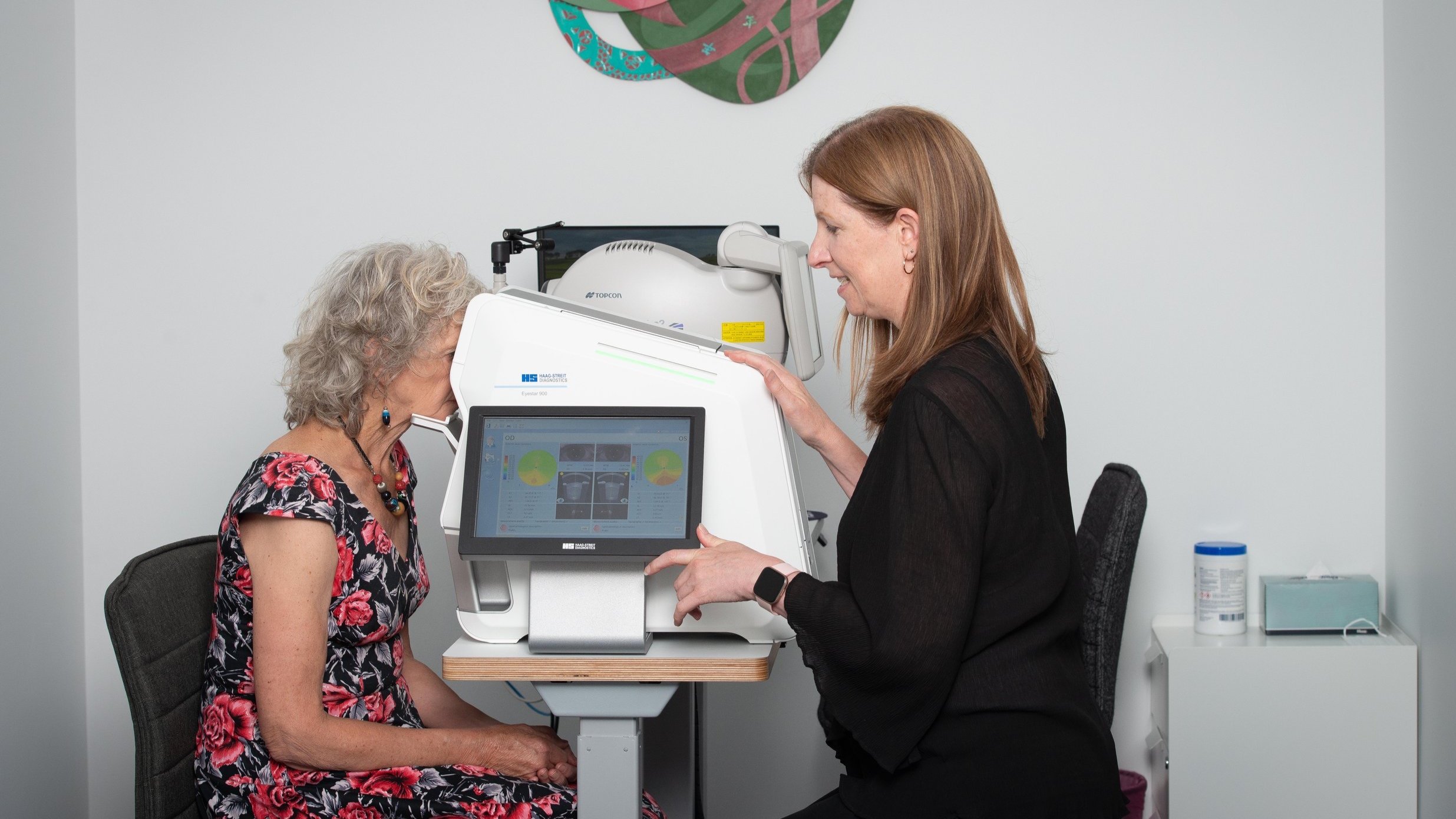
Tear Duct Surgery
Our Approach
To treat blocked tear drainage ducts and stop persistently watering eyes.
-
We have helped many patients find permanent relief from constant eye watering, which is a debilitating problem, especially when it stretches on for months and years. We will carefully examine your eyelids, lacrimal and tear duct system to find the cause of your watering eyes. If issues such as dry eyes, ingrown eyelashes, and malposition of the lower eyelid are ruled out, the cause is often a narrowed or blocked nasolacrimal tear duct, which is the path tears take from the lacrimal sac in the eye to the nose.
We are very focused on identifying the cause of this condition with careful examination techniques, with findings helping us to formulate an effective solution for each patient. Our expertise and skill in endoscopic lacrimal surgery (where surgery is performed via the nose with no skin incisions or scarring) has resolved this issue for many relieved patients. Specialist eye surgeon colleagues commonly refer patients with blocked tear ducts to us for treatment when the patient desires an endoscopic procedure.
FAQs
-
There can be lots of reasons, which fall into roughly two groups:
/ Problems that cause the eye to make too many tears
/ Drainage problems, i.e.the tear duct drainage system is blocked, narrowed or not working properly.
-
Most tears will evaporate from the surface of the eye. The excess tears flow into the nose via small drainage holes in the eyelids (puncti), into the lacrimal sac and then down into the nose by the nasolacrimal duct. These passages are very narrow and any small changes can cause blockage, the tears to back up, well up in the eye and flow down onto the cheek.
Nasolacrimal duct obstruction is a common cause of constant watering - tears flowing onto the eyelid and cheeks, from one or both eyes.
-
Most cases are due to a thickening and/or swelling of the lining of the duct as it joins the nose. The reason for this usually remains unknown, but sinusitis (nose inflammation) can be a risk factor.
-
The treatment to fix the blockage creates a new path between the lacrimal sac and the nose with surgery. It creates a ‘bypass’ around the narrow blockage.
/ This surgery is called a dacryocystorhinostomy, which is a long word, often shortened to ‘DCR’.
/ There are two techniques: either surgery done via the inside of the nose (endoscopic DCR) or via a small incision on the side of the nose next to the eye (external DCR).
-
Justin does all his DCR surgery via the nose (endoscopic DCR), which means there is no skin incision or sutures.
/ Most cases are done as a day case surgery and commonly a general anaesthetic is used. It is possible to have the surgery under sedation with local anaesthetic in some cases.
/ Fine lacrimal silicone tubing may be placed in the new opening and is seen passing between the eyelids in the inner corner of the eye. This is not done in all cases.
/ Most procedures take 60 mins.
/ The eye is not padded after the surgery, but a gauze is placed under the nose for several hours.
/ Patients can resume driving 24 hours after the surgery and return to their usual routine after several days.
/ A period of 5 to 7 days off work is recommended after the surgery.
/ There may be some bruising around the eye which lasts a week.
/ It may be 7 to 10 days before active exercise (swimming, lifting weights) is resumed, but light exercise (eg walking) is encouraged once patients feel able.
/ A follow up appointment is usually conducted several weeks after the surgery.
-
The majority of people are helped by DCR surgery, but it is important to understand the potential risks:
/ There may only be partial improvement with watering under some conditions.
/ Uncommonly, there is no change in watering, or the watering can return weeks or months after the surgery. The new tear duct opening can close from scarring inside the nose. Repeat or revision surgery can be considered to reopen the scar and still remains effective in helping most patients.
/ The lacrimal tubing can cause irritation to the eye before it is removed after several weeks.
/ Infection (sinusitis) is a small risk.
/ Air reflux. Some patients, when blowing their noses, will feel a brief puff of air passing onto the eye. The surgery creates a new passage which allows the air to pass back up the tear ducts. About 1 in 5 patients may note air reflux. It is not harmful to the eye and usually gets better with time.
-
There are no drops or medication that can fix this problem.
/ Sometimes syringing of the nasolacrimal duct (also called lacrimal lavage) can be effective for a limited period of time.
/ A watering eye does not damage the eye, but can affect the vision and be a constant irritation. Deciding on surgery is an individual choice.
/ Sometimes an infection in the lacrimal sac can occur from a blocked nasolacrimal duct. In this case surgery is recommended as repeated infections are common once it has occurred.
